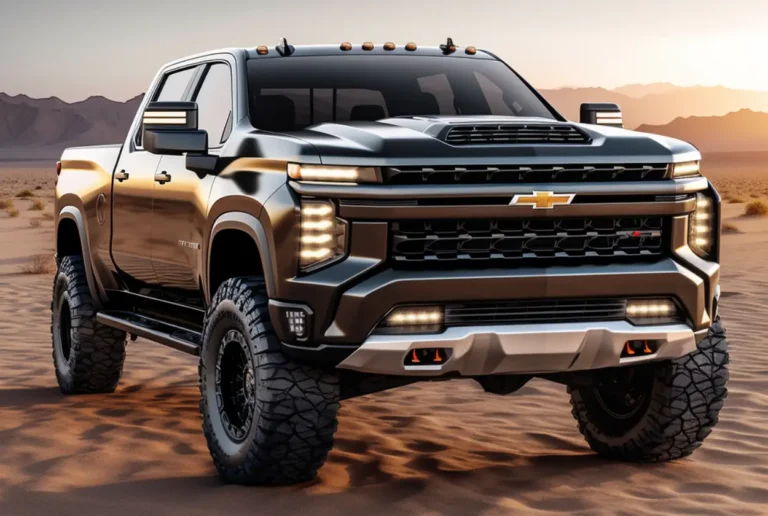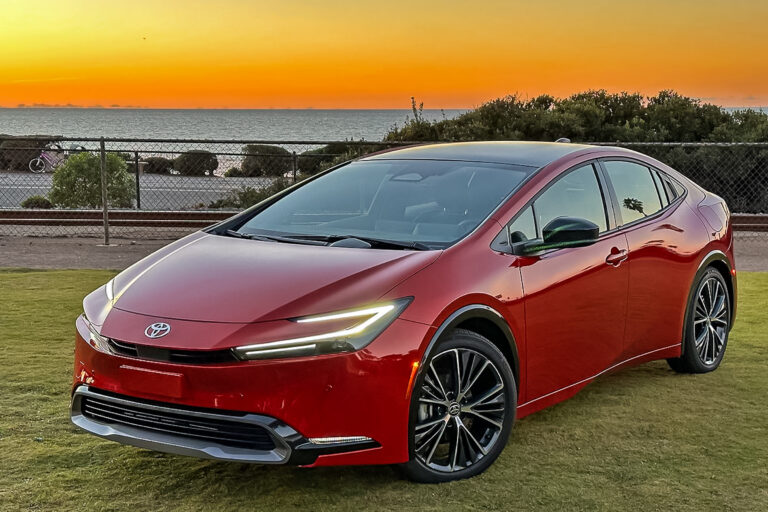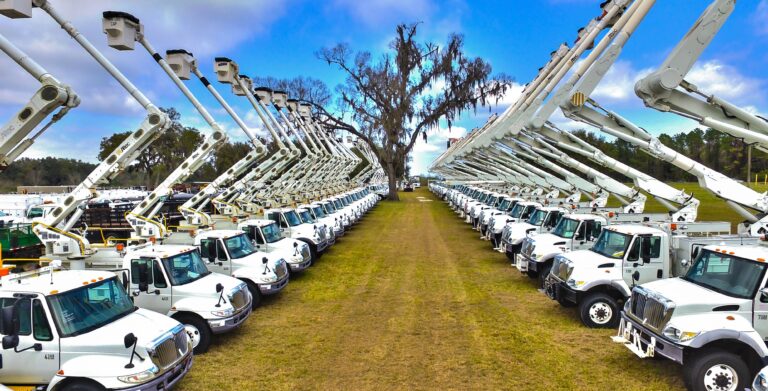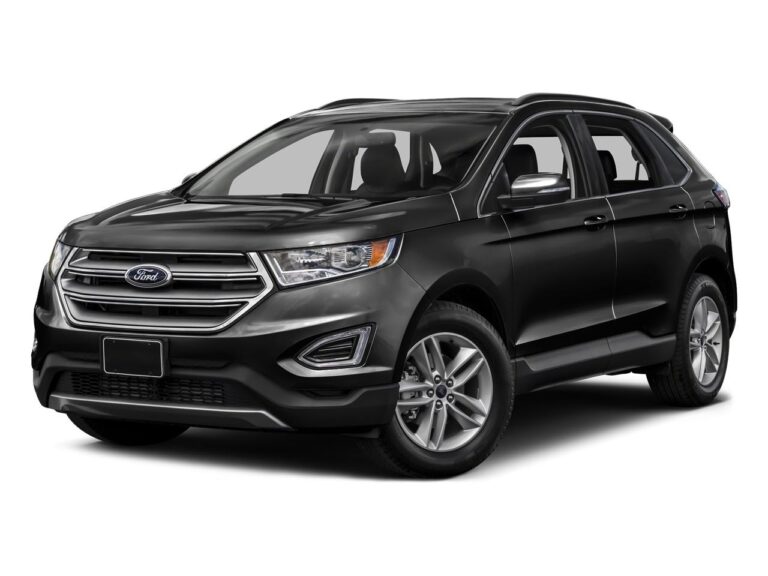Canyon Pickup Trucks For Sale: Your Comprehensive Buying Guide
Canyon Pickup Trucks For Sale: Your Comprehensive Buying Guide cars.truckstrend.com
The search for the perfect pickup truck often leads enthusiasts and practical buyers alike to the GMC Canyon. Positioned as a formidable contender in the mid-size truck segment, the Canyon strikes an impressive balance between rugged capability, everyday usability, and refined comfort. Whether you’re a weekend adventurer, a light-duty professional, or simply seeking a versatile vehicle for daily life, a Canyon pickup truck for sale offers a compelling proposition. This comprehensive guide will navigate you through everything you need to know, from understanding its appeal and configurations to mastering the buying process and ensuring long-term satisfaction.
The Enduring Appeal of the GMC Canyon
Canyon Pickup Trucks For Sale: Your Comprehensive Buying Guide
Since its reintroduction in 2015 (after an earlier generation), the GMC Canyon has carved out a significant niche in the highly competitive truck market. It distinguishes itself by offering a more premium feel than some rivals, yet retains the practical dimensions that make it easier to maneuver in urban environments and park in standard spaces compared to full-size trucks.
The Canyon’s enduring appeal stems from several core strengths:
- Balanced Size: It’s large enough to handle impressive payloads and towing capacities, yet compact enough to be a comfortable daily driver.
- Versatile Performance: Available with a range of powerful and efficient engines, the Canyon can be configured for diverse needs, from fuel-conscious commuting to serious off-road adventures or heavy towing.
- Refined Interior: GMC emphasizes comfort and quality, providing a more upscale cabin experience than often found in this segment, especially in higher trim levels.
- Customization Potential: With various trim levels, cab and bed configurations, and a vast aftermarket, the Canyon is highly adaptable to individual preferences and requirements.

For those considering a truck that can transition seamlessly from work to play, the GMC Canyon stands out as a smart and reliable choice.
Understanding Canyon Trims and Configurations
Before diving into the market, it’s crucial to understand the various configurations of the GMC Canyon, as they significantly impact capability, features, and price.
Trim Levels
The Canyon has offered several trim levels over its generations, each catering to different needs and budgets:

- Base/SL: The entry-level, offering essential truck functionality without many frills.
- Elevation/SLE: A popular choice, providing a good balance of features, comfort, and affordability. Often includes upgraded infotainment and more comfort options.
- All Terrain/AT4 (Current): Designed for off-road enthusiasts, featuring enhanced suspension, all-terrain tires, skid plates, and unique styling cues. The AT4 replaced the All Terrain trim.
- SLT: A more luxurious option in previous generations, bridging the gap between SLE and Denali.
- Denali: The pinnacle of luxury and features, boasting premium materials, advanced technology, and distinctive chrome accents.
- AT4X (Current Gen): The most extreme off-road variant in the latest generation, offering even more advanced off-road suspension (like Multimatic DSSV dampers), larger tires, and exclusive styling.

Cab Styles and Bed Lengths
- Extended Cab: Features two full-size front doors and two smaller rear half-doors, with jump seats in the back. Typically paired with the Long Box (approx. 6 feet 2 inches).
- Crew Cab: Features four full-size doors, offering more comfortable rear seating. Available with either a Short Box (approx. 5 feet 2 inches) or the Long Box.
Engine Options
The Canyon has offered a diverse powertrain lineup, influencing performance and fuel economy:
- 2.5L 4-Cylinder (Gasoline): The standard engine in many base models, offering decent fuel economy for lighter tasks.
- 3.6L V6 (Gasoline): A popular choice, providing significantly more horsepower and torque, ideal for towing and hauling.
- 2.8L Duramax Turbo-Diesel 4-Cylinder: Known for its impressive torque (especially for towing), excellent fuel efficiency, and quiet operation. This engine was a unique selling point for several years.
- 2.7L Turbo High-Output (Gasoline – Latest Gen): The sole engine offered in the redesigned 2023+ Canyon, delivering robust power and torque across all trims.
Understanding these combinations is vital to finding a Canyon that perfectly matches your lifestyle and budget.
Key Considerations When Buying a Used GMC Canyon
While the allure of a Canyon for sale is strong, a wise purchase requires careful consideration, especially when buying used.
- Budgeting Beyond the Price Tag: Factor in not just the purchase price, but also potential sales tax, registration fees, insurance costs, and initial maintenance.
- Mileage and Age: Higher mileage generally means a lower price but also potentially more wear and tear. A lower-mileage older truck might have sat more, leading to different issues. Aim for a balance that fits your expected usage.
- Vehicle History Report (VHR): A CarFax or AutoCheck report is non-negotiable. It reveals past accidents, service history, odometer discrepancies, flood damage, and previous ownership, providing crucial transparency.
- Pre-Purchase Inspection (PPI): Even if the VHR is clean, always invest in an independent mechanic’s PPI. They can spot underlying mechanical issues, rust, or hidden damage that might not be apparent during a test drive. This small investment can save you thousands.
- Rust Assessment: Check the frame, rocker panels, wheel wells, and bed for rust, especially if the truck has been in a rust-prone climate. Surface rust on the frame is common, but significant structural rust is a red flag.
- Common Issues: Research known issues for the specific model year you’re considering. For instance, some earlier models with the 8-speed automatic transmission experienced a "shudder" issue (often fixable with a fluid flush), and certain engine sensors could fail. Being aware helps you ask the right questions and conduct targeted inspections.
- Tire and Brake Condition: Look for even tire wear, indicating proper alignment. Check tire tread depth and the condition of brake pads and rotors. These are often costly replacements.
- Interior and Electronics: Test all buttons, switches, the infotainment system, climate control, and power windows/locks. Ensure all lights and gauges function correctly.
Where to Find Canyon Pickup Trucks For Sale
The market for GMC Canyon trucks is robust, offering several avenues for potential buyers:
- Authorized GMC Dealerships: Offer certified pre-owned (CPO) options, often with extended warranties and rigorous inspections. While prices might be higher, they come with peace of mind and easier financing. They also sell new models.
- Independent Used Car Dealerships: Offer a wider variety of models and prices. Be sure to verify their reputation and policies.
- Online Marketplaces: Websites like AutoTrader, Cars.com, Kelley Blue Book (KBB.com), and TrueCar aggregate listings from dealerships and private sellers. They offer extensive search filters.
- Private Sellers: Often found on local classifieds (Craigslist, Facebook Marketplace) or through word-of-mouth. Prices can be lower due to fewer overheads, but the buying process requires more vigilance and due diligence on your part.
- Auctions: Public and dealer auctions can offer competitive prices, but they are typically geared towards experienced buyers who can assess vehicles quickly and accept "as-is" conditions.
The Buying Process: A Step-by-Step Guide
Securing your ideal Canyon involves a systematic approach:
- Define Your Needs: What will you use the truck for primarily? This dictates your required cab style, bed length, engine, and trim level (e.g., towing capacity, off-road capability).
- Set Your Budget: Determine your absolute maximum purchase price, including all associated costs (tax, title, license, insurance, potential repairs).
- Research and Shortlist: Based on your needs and budget, research specific model years, trims, and engine options. Read reviews, compare specifications, and create a shortlist of potential candidates.
- Locate Vehicles: Use online marketplaces and visit local dealerships to find Canyons matching your criteria.
- Initial Inspection and Test Drive:
- Exterior: Check for consistent paint, panel gaps, dents, scratches, and rust.
- Interior: Look for wear and tear, check all electronics, and ensure cleanliness.
- Test Drive: Listen for unusual noises (engine, transmission, suspension). Test brakes, steering, acceleration, and ensure smooth gear changes. Drive at various speeds, including highway speeds.
- Obtain Vehicle History Report (VHR): Get a CarFax or AutoCheck report for any serious contender.
- Schedule a Pre-Purchase Inspection (PPI): Have an independent, trusted mechanic inspect the vehicle thoroughly. They can identify issues not visible to the untrained eye.
- Negotiate the Price: Armed with your research (KBB, Edmunds, NADAguides for fair market value) and the PPI results, negotiate confidently. Be prepared to walk away if the deal isn’t right.
- Finalize Paperwork: Ensure all titles, registrations, sales agreements, and financing documents are correctly filled out and understood before signing.
Financing Your Canyon Purchase
Unless you’re paying cash, understanding your financing options is key:
- Cash Purchase: Simplest, no interest payments. However, it ties up a large sum of money.
- Auto Loan: Most common. Shop around for the best rates from banks, credit unions, and online lenders before visiting a dealership. Dealership financing can be convenient but may not always offer the best rates.
- Credit Score Impact: Your credit score significantly influences the interest rate you’ll qualify for. A higher score means lower rates.
- Down Payment: A larger down payment reduces the loan amount, lowers your monthly payments, and can secure a better interest rate.
Maximizing Value and Ensuring Longevity
Once you own a Canyon, proper care is paramount to its longevity and maintaining its value:
- Adhere to Maintenance Schedule: Follow GMC’s recommended maintenance schedule for oil changes, tire rotations, fluid checks, and filter replacements.
- Address Recalls Promptly: Check the National Highway Traffic Safety Administration (NHTSA) website for any open recalls on your specific model year and VIN. Get these fixed by a dealership free of charge.
- Regular Cleaning: Keep the exterior and interior clean to prevent rust and preserve materials.
- Consider Aftermarket Add-ons Wisely: While lift kits or performance upgrades can personalize your truck, consider their impact on ride quality, fuel economy, and potential warranty implications. Choose quality parts and professional installation.
- Keep Service Records: A well-documented service history significantly boosts resale value.
Estimated Price Table for Used GMC Canyon Pickup Trucks For Sale
Please note that these are estimated price ranges for used GMC Canyon trucks and can vary significantly based on location, mileage, specific vehicle condition, optional packages, and current market demand. Prices are in USD.
| Model Year Range | Trim Level (Representative) | Engine Type (Common) | Estimated Price Range (USD) | Key Features / Notes |
|---|




